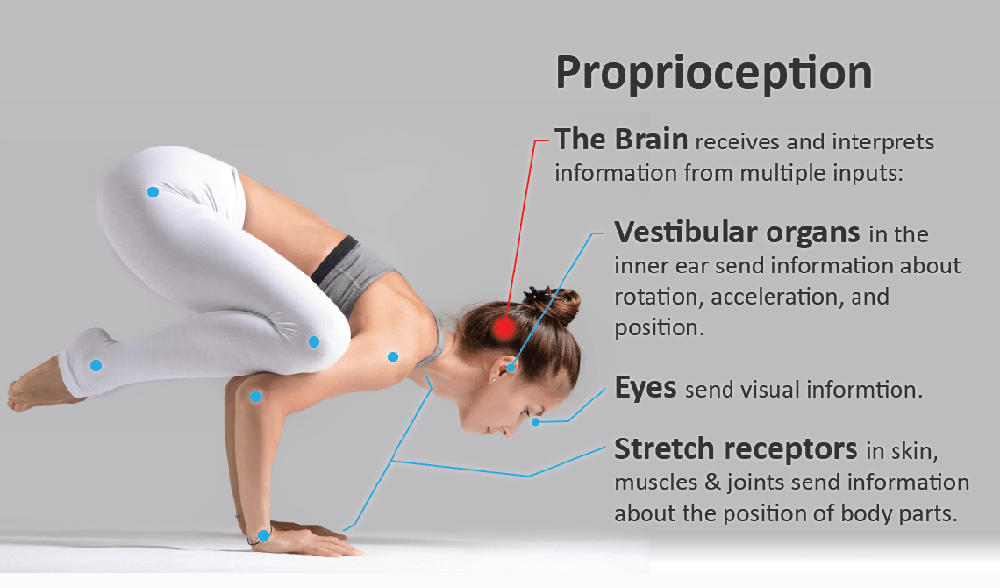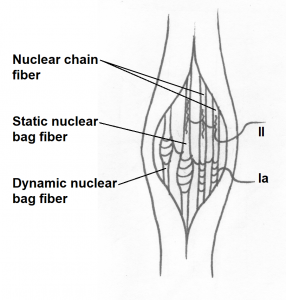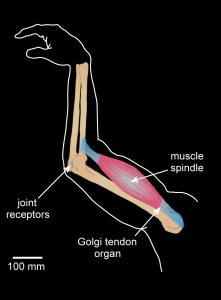The sense of where your body parts are (“proprioception”) relative to each other is essential for many daily activities. The complete loss of this sense can essentially paralyze a person. Unfortunately, prosthetics lacks this sense, so it is often difficult to use prosthetics, leading many amputees to not use prosthetics.
Proprioception (source: <https://chiro.org/research/ABSTRACTS/Low_Back_Pain_The_Potential.shtml>):

Muscle spindles are the nerves which sense proprioception:

Muscle spindles in an arm (source: <https://en.wikipedia.org/wiki/Proprioception>):

Many US companies and universities are conducting research to create a prosthetic which interacts with the nerves of an amputee’s stump, to make it seem as though the amputee has a limb with that sense (proprioception). The creation of that prosthetic is a goal of the US federal government’s Department of Defense’s Defense Advanced Research Projects Agency (DARPA)’s programs (namely, Revolutionizing Prosthetics and HAPTIX). Towards creating that proprioceptive prosthetic, my project compares muscle spindle models, using experimental data, to find the most accurate model. Hopefully, that model could later be used in creating a proprioceptive prosthetic.